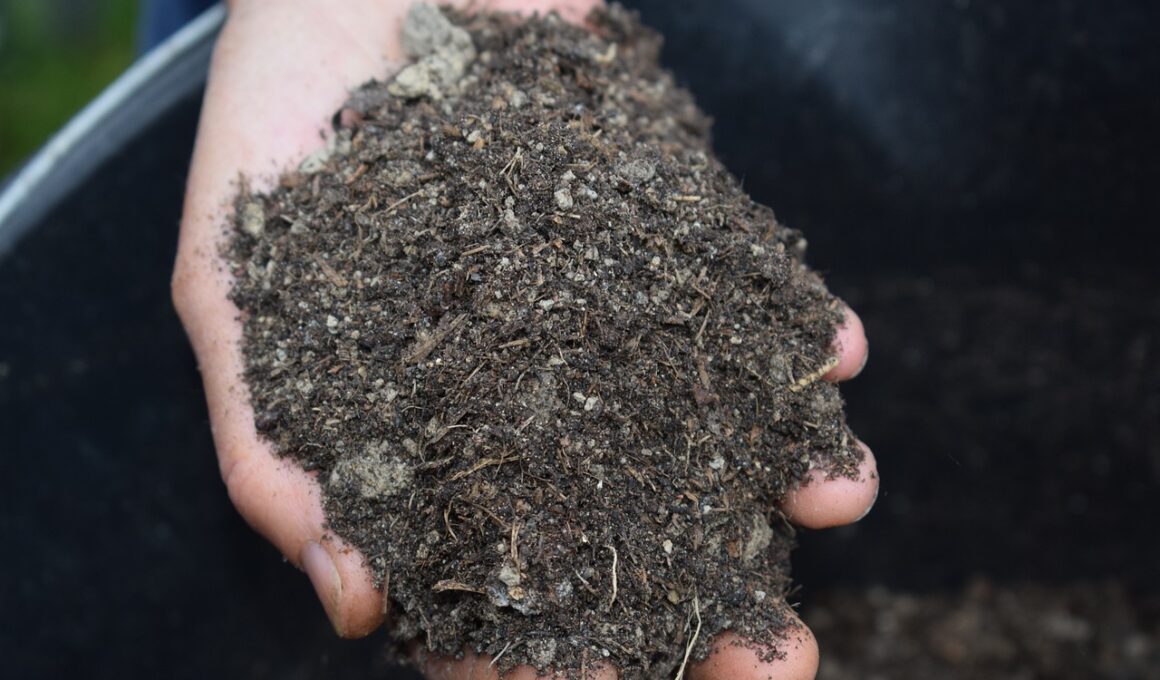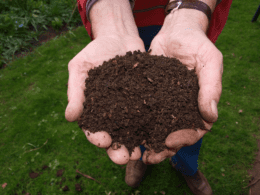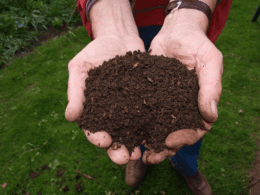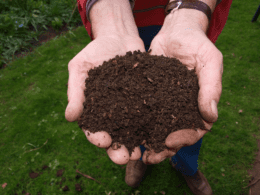Quick Takeaways
- Bokashi composting is a Japanese method that ferments organic matter using beneficial microbes in a grain host medium.
- Bokashi composting has several advantages, such as composting bones, shells, meat, and dairy, no loss of nutrients, no bugs or rodent issues, and requires little time and space.
- Bokashi composting has some disadvantages, such as the need to purchase additional bins for those who create a lot of food waste, cost of pre-made bins and bran, and a distinctive smell during the fermentation process.
- Bokashi composting allows for composting no matter where you live, making it ideal for apartment dwellers, and can be used in combination with traditional composting.
What is Bokashi Composting?
Now, let’s talk about what Bokashi composting actually is. This Japanese method of composting relies on fermenting your kitchen scraps using beneficial microbes in a grain-based inoculant. It’s a simple process that anyone can do at home. The benefits of Bokashi composting are plentiful. You can compost bones, shells, meat, and dairy, and there’s no loss of nutrients. Plus, there are no bugs or rodent issues, and no offensive odors. The Bokashi composting process is straightforward and requires little time and space. All you need is a Bokashi bin and some bran, and you’re ready to start composting!What Tools and Tips Can I Use to Compost Kitchen Scraps in an Overgrown Yard?
Clearing your overgrown yard to create a thriving composting area is essential. Begin by using a pitchfork or shovel to clear the space and remove large debris. Invest in a compost bin or build one yourself to contain the kitchen scraps. Utilize a kitchen compost pail for convenience and regularly add organic waste. Remember to turn the compost regularly to ensure proper decomposition.
Advantages and Disadvantages
If you’re considering using the Bokashi composting method, it’s essential to weigh the pros and cons. Here are some benefits and drawbacks to help you make an informed decision:- Pros:
- Bokashi composting can compost a variety of materials, including meat, bones, dairy, and citrus.
- There’s no loss of nutrients during the composting process, making the resulting compost more beneficial for plants.
- Bokashi composting doesn’t produce any offensive odors or attract rodents and bugs, making it ideal for indoor use.
- Cons:
- Bokashi composting requires the purchase of additional bins and bran, making it more expensive than traditional composting methods.
- The fermentation process can produce a distinctive smell that some people may find unpleasant.
- The resulting compost is very acidic when first buried, meaning it may not be suitable for all plants without additional treatment.
Tips and Tricks
To get the best results from your Bokashi composting, follow these simple tips and tricks. Make sure to crush your eggshells before adding them to the bin. This helps speed up the fermentation process and ensures that the eggshells break down properly. Additionally, if you’re adding large amounts of eggshells, be sure to use extra bran to balance out the acidity. Another tip is to dilute your Bokashi tea before using it on your plants. Use one part tea to 100 parts water for general fertilization, 1:300 for houseplants, and 1:500 for potted succulents. This tea is a fantastic fertilizer that can help your plants grow strong and healthy. By following these tips and tricks, you’ll be able to create nutrient-rich compost that your plants will love.Integration with Traditional Composting
When integrating Bokashi compost with traditional composting, you can layer the Bokashi compost on top of the traditional compost pile to help speed up the decomposing process. This combination of methods allows you to maximize the results of both composting methods. Here are some tips to ensure a successful integration:- Make sure your traditional compost pile is already established and has reached a temperature of around 140-160°F before adding the Bokashi compost on top.
- Cover the Bokashi compost with a layer of soil or traditional compost to prevent any odors from escaping.
- The Bokashi compost will continue to ferment and breakdown in the traditional compost pile, so it’s important to mix the pile occasionally to ensure even decomposition.
- If you have a large amount of Bokashi compost to add, consider creating a separate area within the traditional compost pile to layer it in.
- Remember to add plenty of browns (dry leaves, wood chips, etc.) to the traditional compost pile to balance out the high nitrogen content of the Bokashi compost.









